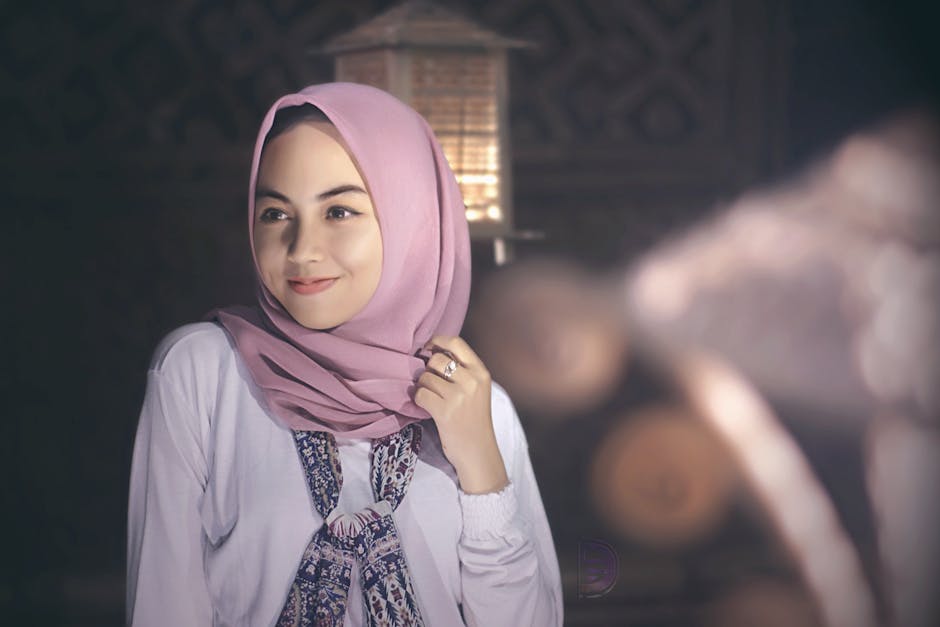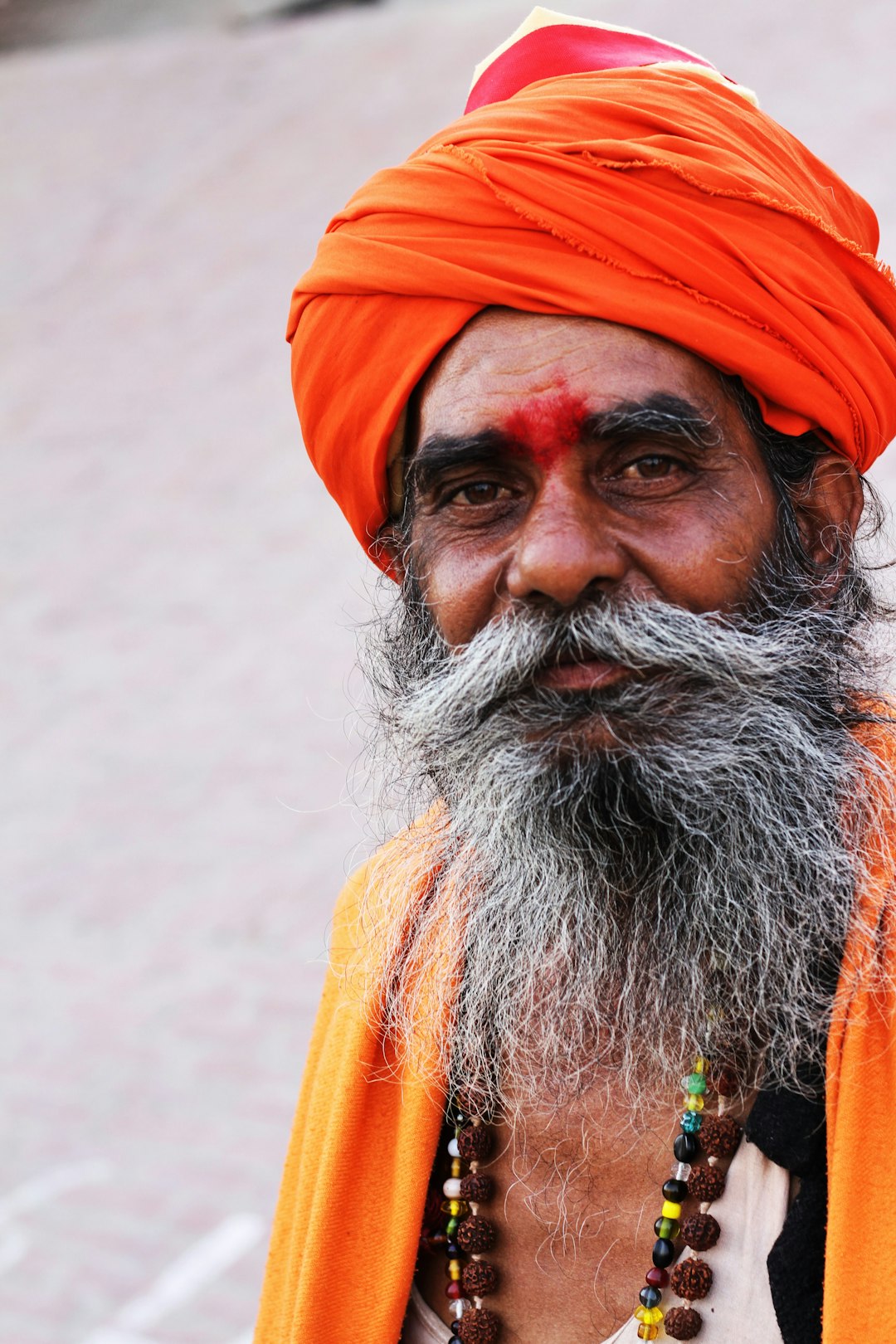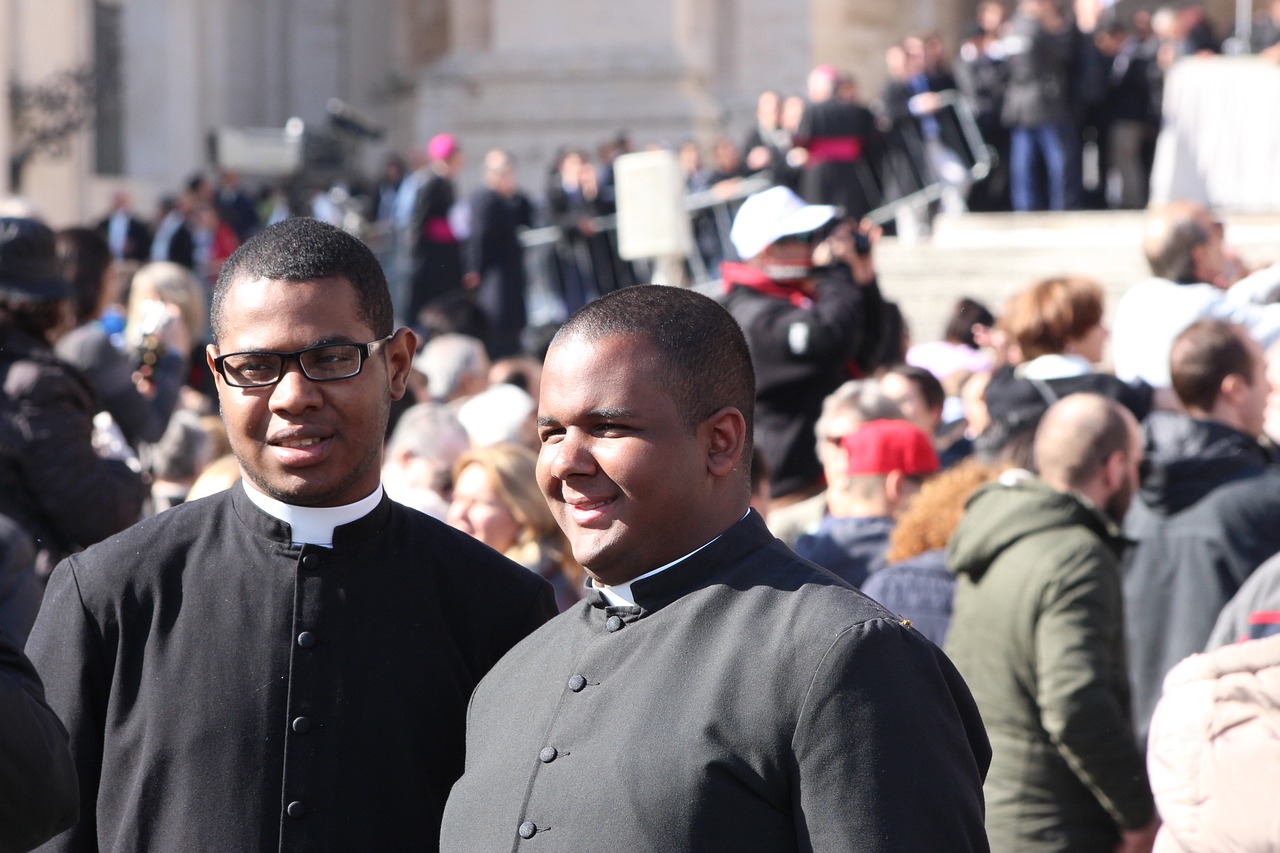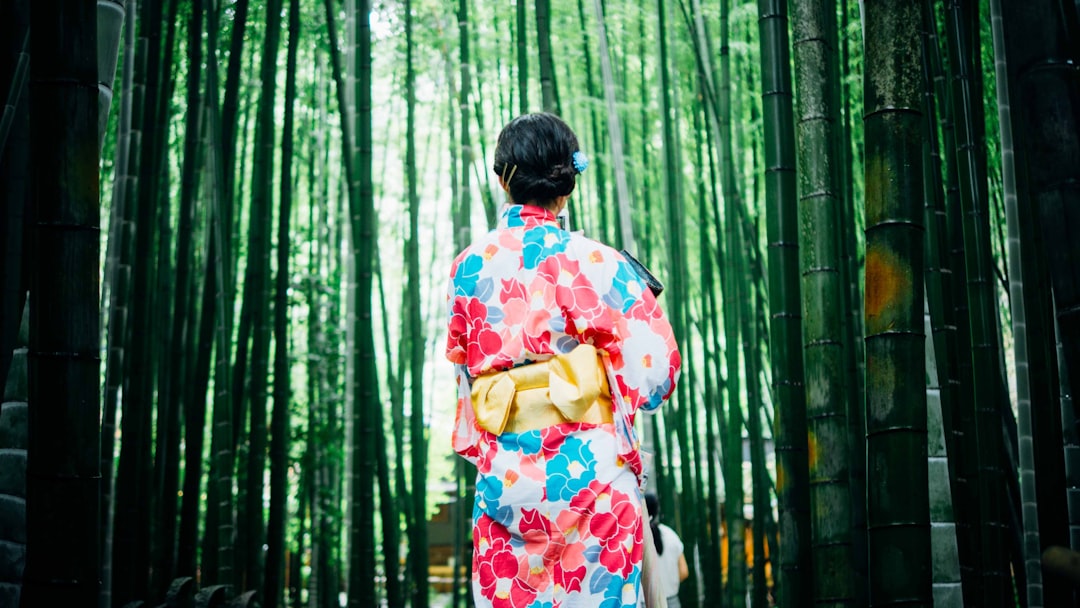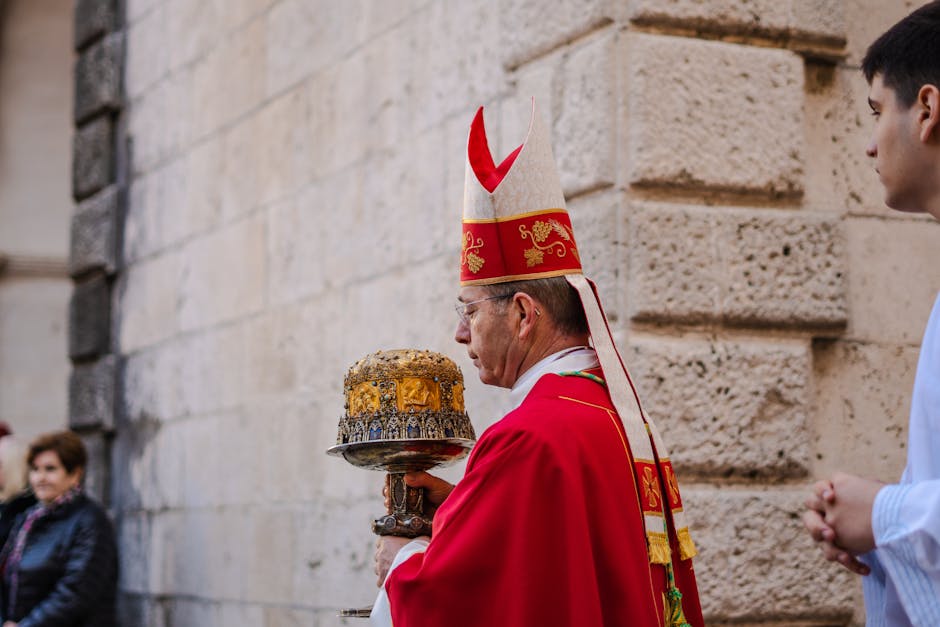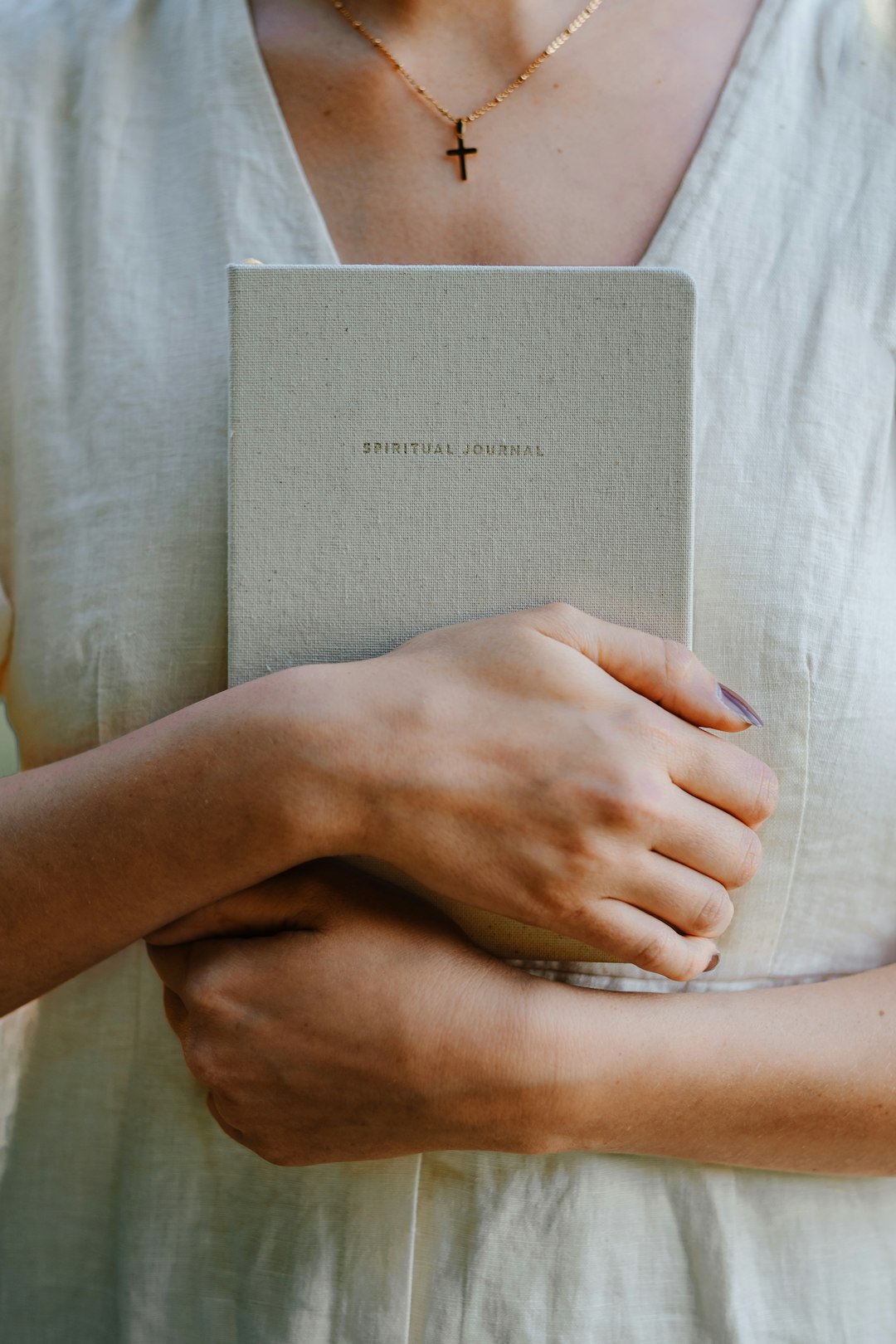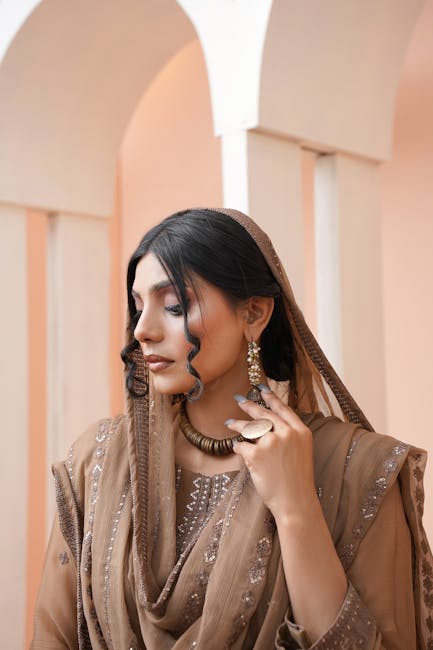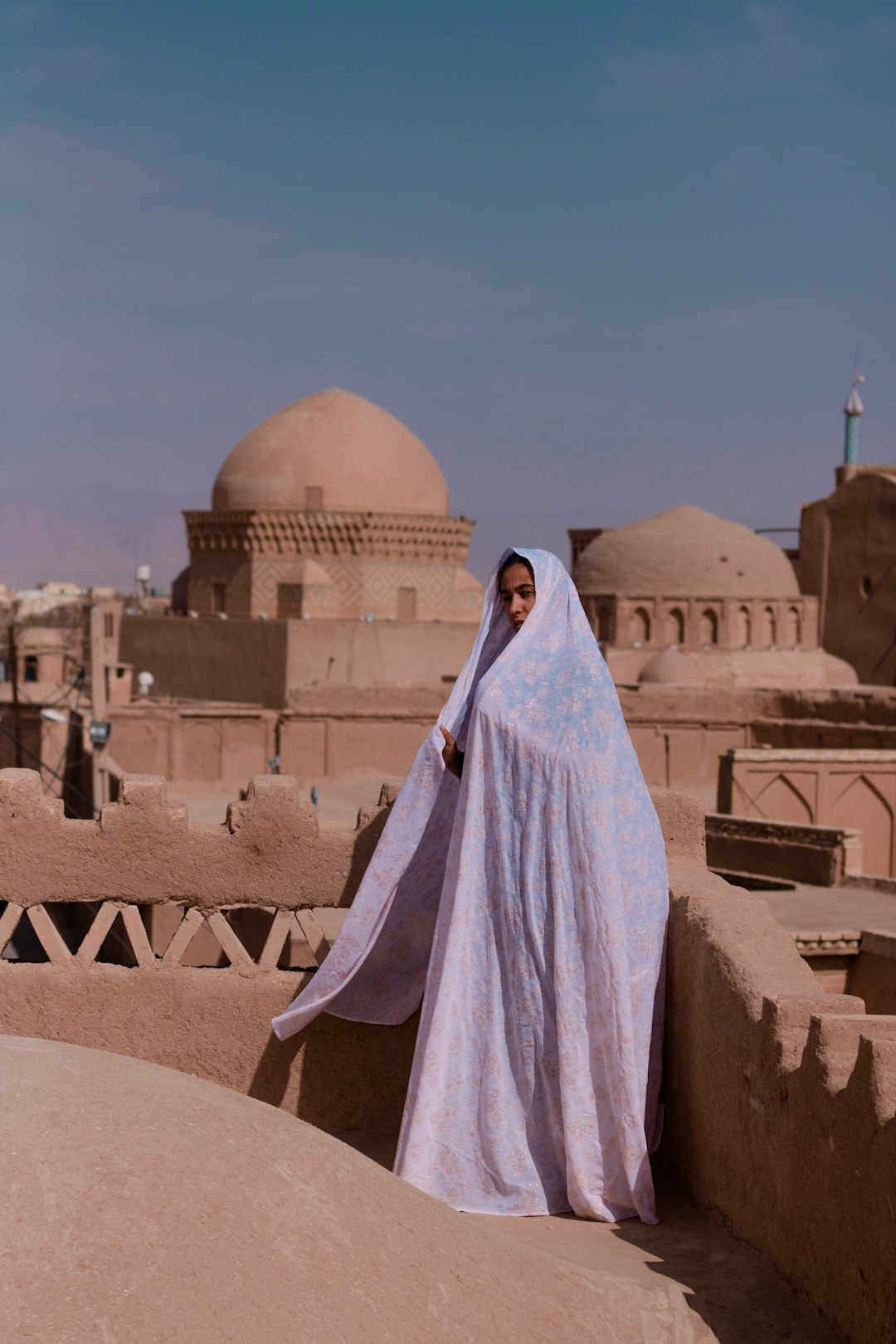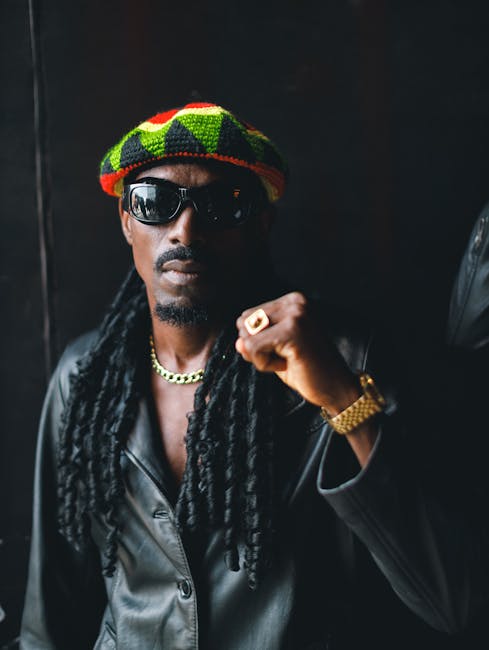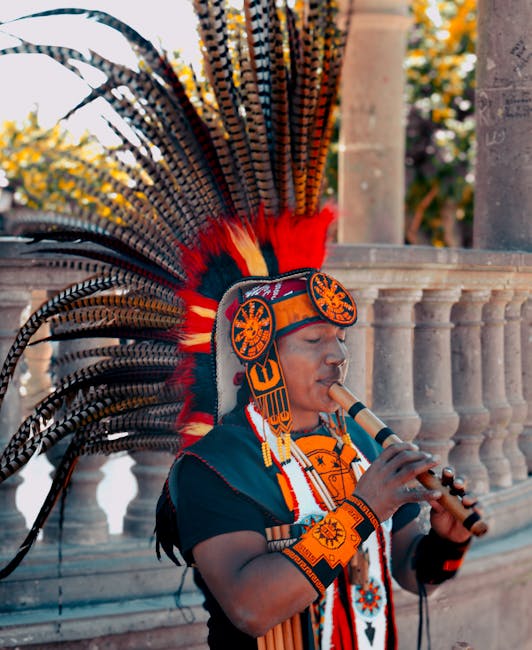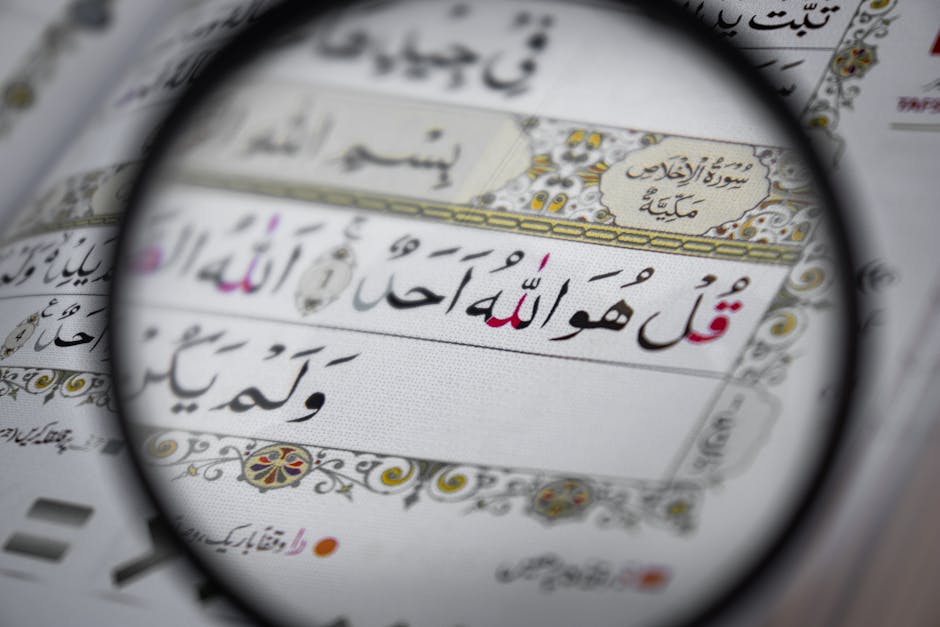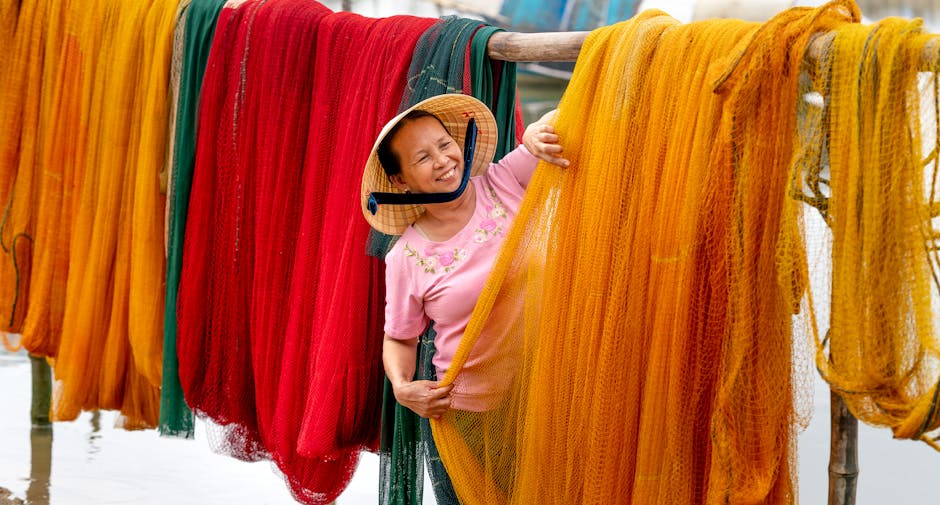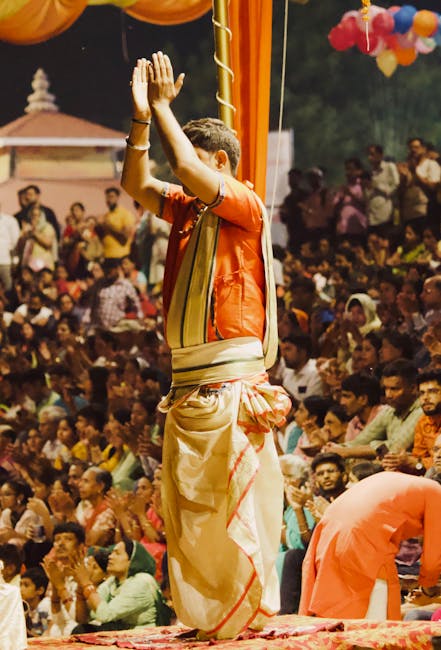Only God Can Judge
But does He really judge you for your appearance? Well, according to some religions, yes, He does. From hijabs to kippahs, there are various accessories and items people wear to show their love and admiration for their religious beliefs.
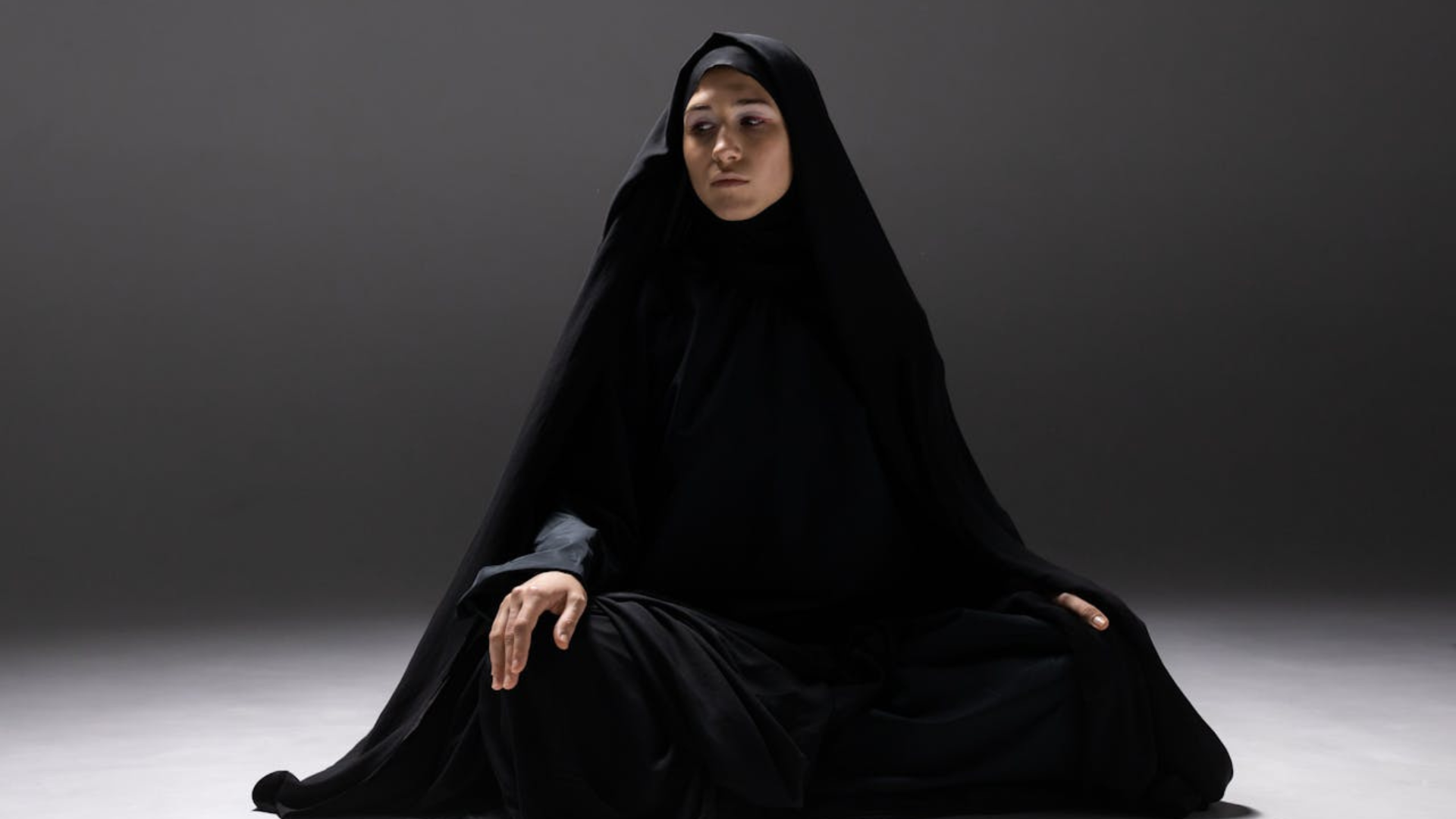 Photo by cottonbro studio on Pexels
Photo by cottonbro studio on Pexels
1. Hijab
In Islam, the hijab is a headscarf worn by Muslim women as a symbol of their modesty and commitment to God. While there are some countries that force this upon women, it is supposed to be a choice that promotes respect and avoids drawing attention to physical appearances.
2. Kippah
In Judaism, the kippah is a small cap worn on the back of the head. Often made of leather, cloth, or suede, it is worn by men during religious activities like prayers. It serves as a reminder of humility and the constant presence of God.
3. Turban
In Sikh and Islamic religions, the turban is a headdress worn by men for modesty reasons. It involves wrapping a long cloth, creating a spherical shape that has become synonymous with dignity and respect.
4. Cassock
In Christianity, clergymen are expected to wear the cassock, which is a long robe. Often black, these robes signify their standing and commitment to the religion. Predominantly, these robes are worn during ceremonies.
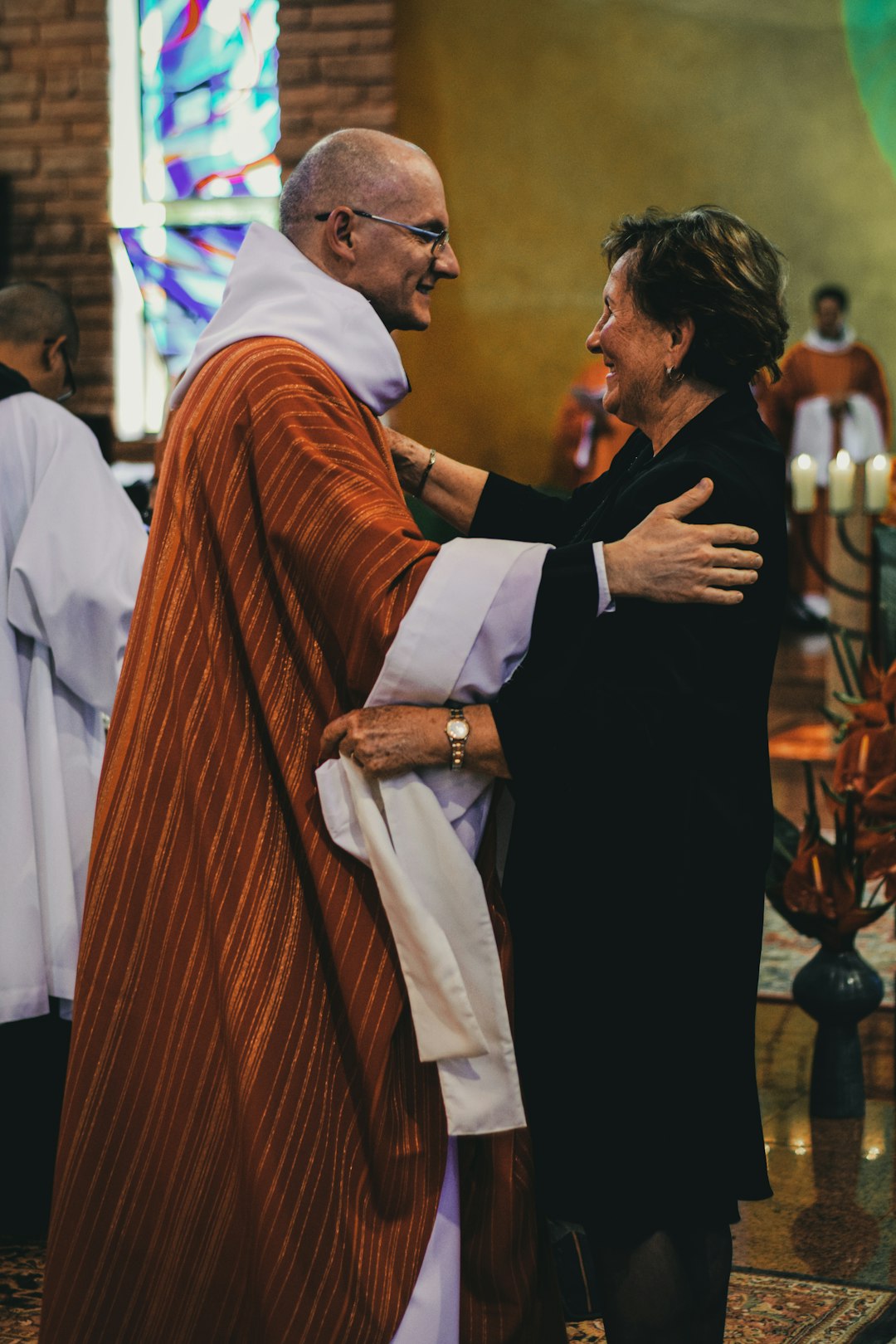 Mateus Campos Felipe on Unsplash
Mateus Campos Felipe on Unsplash
5. Amice
You have probably seen the amice on television if you aren’t Christian yourself. This is a white collar worn by Catholic priests and serves as their armor of God. Most often, members will wear it during Mass and when performing sacraments.
6. Kimono
While some people may think the kimono is just a fashion or cultural trend in Japan, it actually has major religious connotations. Its origins stem from Shinto and Buddhist rituals, and it involves wearing silk long robes tied together with a wide belt. Many Japanese women wear this during ceremonial events to symbolize purity and tradition.
7. Buddhist Robe
In Buddhism, monks wear simple robes often of a singular color like orange or yellow. The simplicity of the fashion symbolizes their departure from worldly attachments. It serves as a reminder of humility and discipline.
8. Tallit
This is a prayer shawl also worn by Jewish men, often when participating in conservative or orthodox practices. The shawl represents the commandments of God and addresses the requirement to wear fringes.
9. Mitre
In Christianity, the mitre is the ceremonial headdress often seen in television shows. However, for Anglican and Orthodox churches, this is very important and involves a tall hat embroidered with religious symbols, reserved for authority figures within the church.
10. Habit
Also in Christianity, nuns and monks both participate in wearing the habit, which is a uniquely brown or black robe that comes with a hood and a belt. Similar to Buddhist robes, this represents a disconnect from worldly possessions and is worn by those who have devoted their life to God.
11. Bonnet
Some might think the bonnet is simply a fashion choice; however, this lace-covered hat has religious significance for women in Quaker and Christian traditions. It is a way to symbolize their modesty and devotion within the community.
12. Cross Necklace
For most modern Christians, wearing a cross necklace is a simple way to showcase their faith. Often made of gold or wood, these necklaces are worn around the neck throughout the day and represent belief in Christ.
13. Dupatta
Instead of wearing a hijab, some Muslim women prefer to wear the dupatta. This is a shawl-like scarf that is draped loosely over the head and shoulders. This allows them to cover their heads in religious settings but doesn’t necessarily involve strict hair covering.
14. Chador
The chador is very similar to the dupatta and is also used by Muslim women to symbolize modesty. However, it is bigger and longer than the dupatta, which means it can also cover a significant part of the body. It is similar to a cloak and hangs loosely over the body.
15. Rasta Cap
This is another clothing item that some may wear casually, but it also has religious significance. In Rastafarianism, engaging with a humble life and connecting with nature are key principles. The knitted cap represents a connection to African heritage and the natural world.
16. Ceremonial Headdress
In Indigenous cultures, the feathered headdress is reserved for ceremonial gatherings. It represents a connection to the natural world and is used in rituals. Made of feathers and beads, it is popular in both media and in long-standing Native communities.
17. Ta’weez
Another Islamic item is the ta’weez, which is sometimes worn as a necklace or is even tied to clothes. It involves an inscription of a verse from the Quran and serves to protect the wearer from evil spirits or bad luck.
18. Confucian Colors
While not necessarily a clothing item, the Chinese philosopher Confucius had clothing color recommendations that many citizens continue to practice today. This includes adhering to correct colors, such as blue, yellow, and white, and reserving certain colors, like red, exclusively for women. Many practitioners follow these rules to connect with their ancestors and strengthen Confucian traditions.
19. Upavita
In Hinduism, the upavita is a sacred thread presented to a boy during his youth. It is worn across the shoulder and marks their connection to the spiritual and their commitment to religious studies. It is granted during the Upanayana ceremony.
20. Abaya
In Islam, some women choose to wear the abaya, which can be considered the most strict clothing choice. Used throughout the Middle East, it involves wearing a black gown that covers the head, face, and body entirely, leaving a slit for the eyes. This is supposed to protect the modesty of women, and many willingly choose to participate. However, as with all of the items on this list, it should be the choice of the wearer and no one else.


